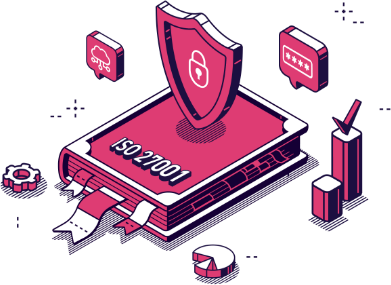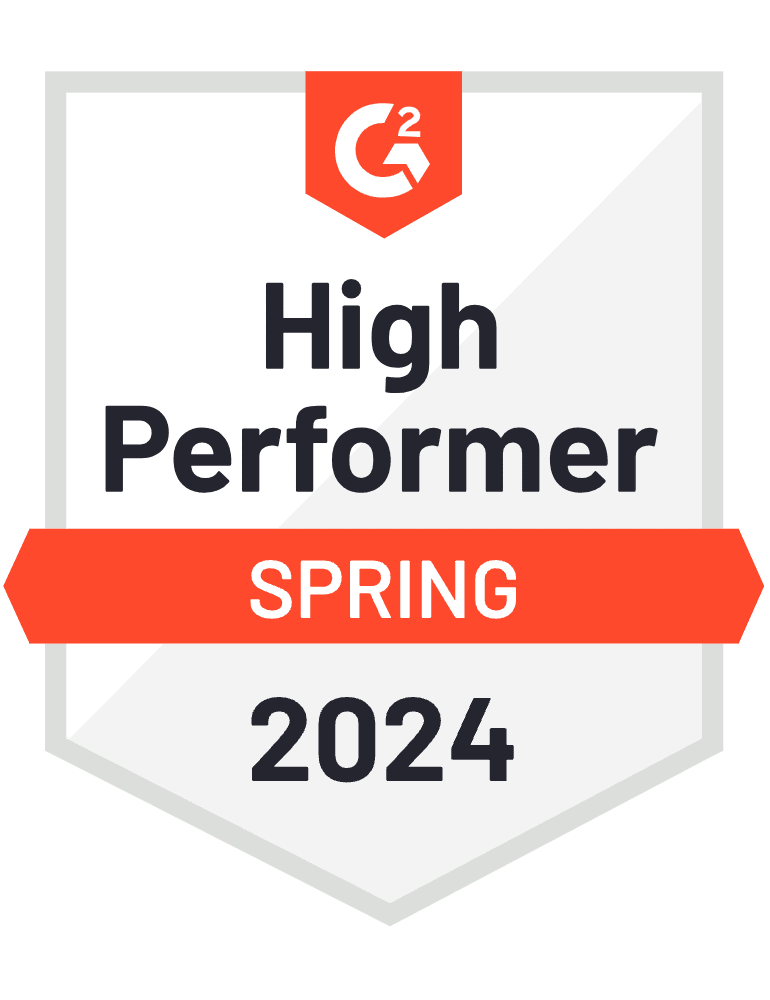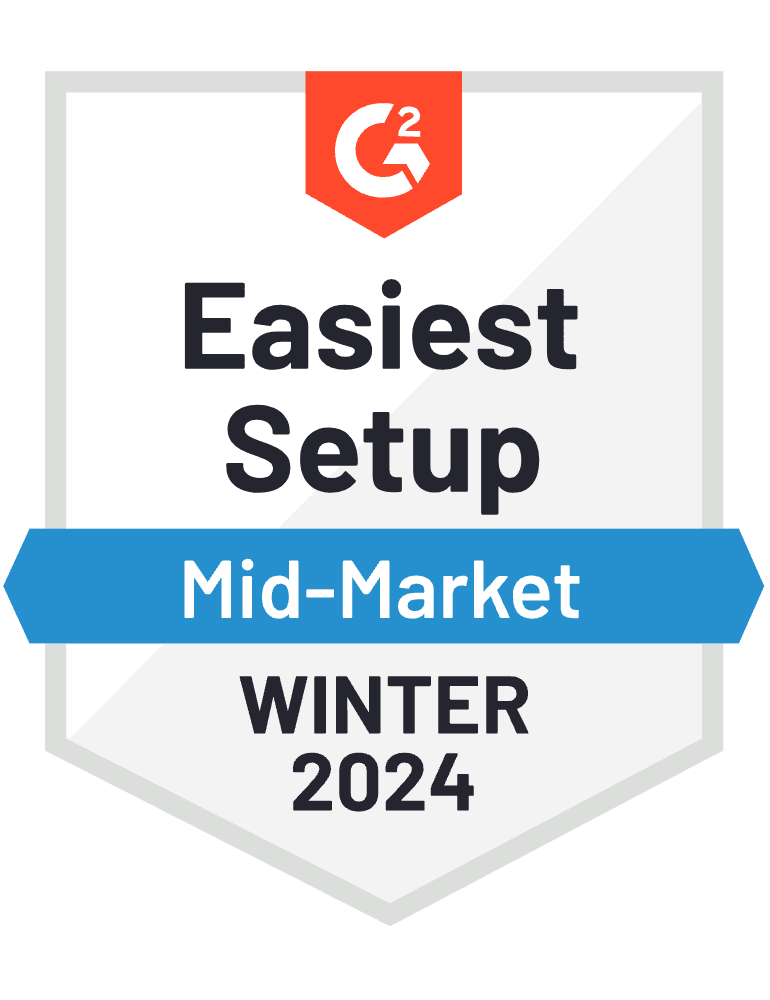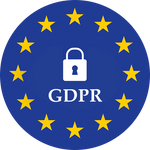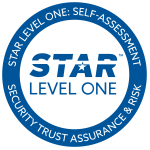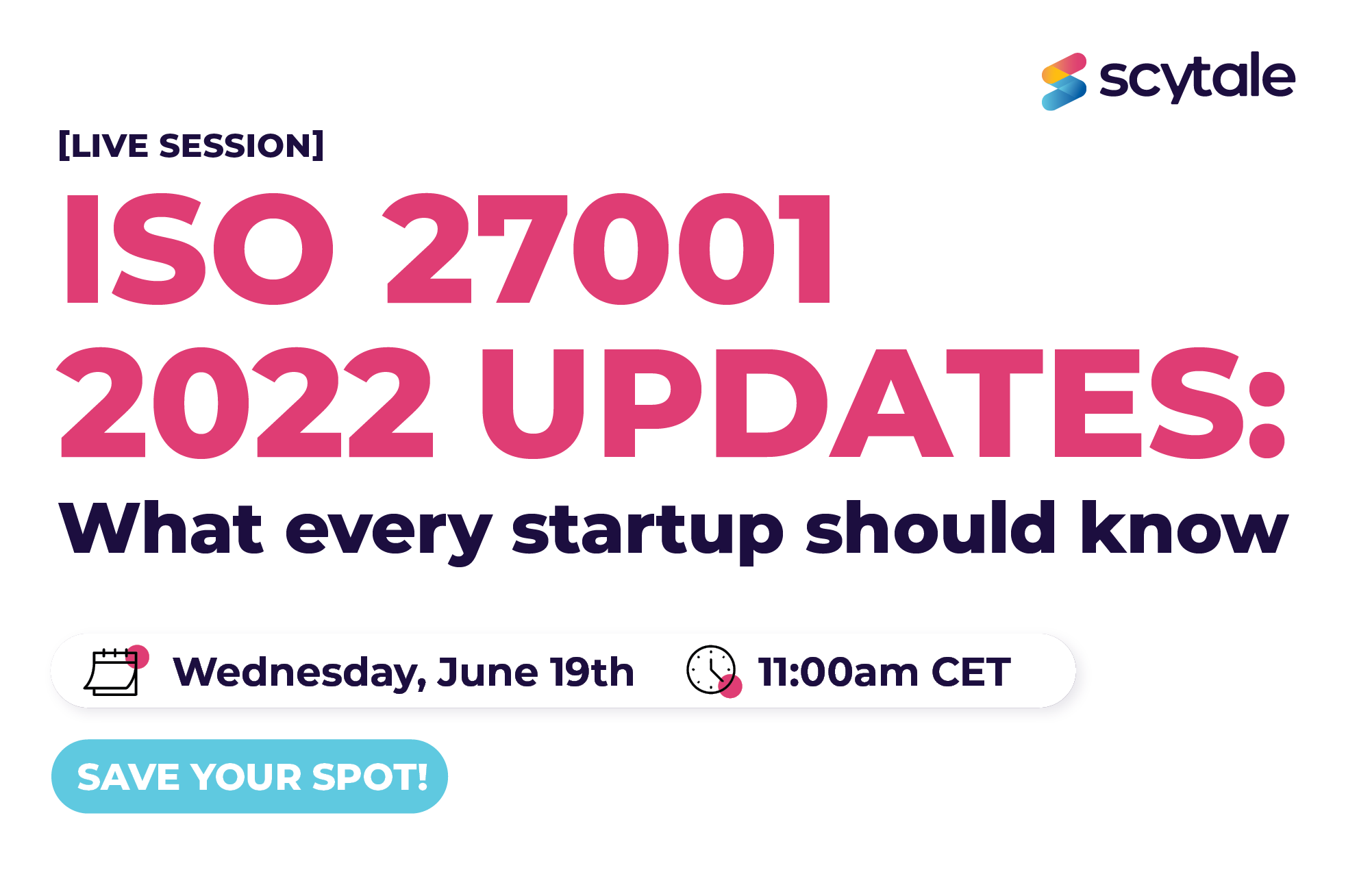Understanding Security Questionnaires
No business is an island, or at least it shouldn’t be. In today’s digital landscape, almost any business utilizes at least one third-party vendor for their business processes. Moreover, YOU may be that third party yourself. Either way, this means one thing: security questionnaires.
Simply put, external vendors offer significant opportunities for businesses to scale and streamline operations without necessarily draining their resources (or budget). However, these third-party vendor relationships come at a cost, and that cost is security. This is where the importance of security questionnaires comes into play. Security questionnaires are essential for assessing the security practices of potential and existing third-party vendors. Businesses want concrete proof that vendors aren’t adding unnecessary vulnerabilities or exposing them to threats concerning data privacy or information security.
Cue security questionnaires.
Security questionnaires play a critical role in vendor risk management and are generally created by following industry best practices with frameworks like SOC 2 and ISO 27001. The purpose of these questionnaires is to determine whether the organizations that complete them have security policies and processes that are aligned with what “secure” organizations do—helping companies gauge vendors before and during their partnership.
The Primary Objectives of Security Questionnaires
Before we get into the nitty-gritty of creating and completing an effective security compliance questionnaire, it’s essential to consider the primary objectives of security questionnaires in the first place. Here’s why they’re essential:
- To help organizations responsibly vet all third-party vendors before continuing with the onboarding process.
- To establish that each vendor can adequately protect sensitive customer information.
- To identify potential security gaps or vulnerabilities across your vendors
- To establish a baseline of the vendor’s security practices
- To ensure compliance with regulatory requirements such as GDPR and HIPAA
It does this by touching on key subject areas to evaluate the vendor’s security posture accurately. Some topics covered in a security questionnaire include Application and Interface Security, Audit Assurance and Compliance, Encryption and Key Management, Infrastructure Security, Threat and Vulnerability Management, and many more.
Needless to say, creating and completing reliable and effective security questionnaires can be quite a task, especially when relying on manual processes. Here’s why.
Challenges of Manual Security Questionnaire Management
We don’t want to focus too much attention on things you can’t do—or at least things that are very challenging to do. But to point you in the right direction, we must consider why certain routes are merely dead ends. In this case, we’re talking about manual security questionnaire management. Security questionnaires have always been considered a necessary (but incredibly time-consuming task), often delaying sales cycles and draining organizations of their most vital resources. Here’s why.
- It eats up your productivity
Creating and managing security questionnaires can be a daunting task, especially when dealing with hundreds of detailed questionnaires. The manual process requires a dedicated team to sift through extensive documentation, cross-reference information, and meticulously review or fill out each questionnaire. This can easily divert valuable resources from other critical operations.
- It lacks consistency
Regarding any manual process, one must always account for the margin of human error involved. This and the fact that different team members may interpret similar questions differently can easily lead to inconsistencies. Moreover, something that needs more consistency automatically poses the challenge of standardizing the process, making it difficult to ensure compliance with industry standards and regulations across different vendors.
- You can’t scale operations
As your business grows, you will be asked to complete more frequent security questionnaires, and your vendor list will also expand exponentially. As your vendor list grows, your third-party risk management program becomes all the more critical. However, when relying solely on manual processes, you risk losing both efficiency and effectiveness.
Ultimately, manual security questionnaire management requires more effort (and resources) for the result you’ll get. Additional challenges include the common challenges that generally plague all manual processes, such as difficulty tracking and updating. When it comes to threats and vulnerabilities that are quick to change and a fast-paced regulatory environment, businesses simply can’t afford to drag their feet.
This brings us to the solution: Security Questionnaire Automation.
Benefits of Security Questionnaire Automation
Ultimately, compliance shouldn’t come at the cost of your most valuable resources. After all, what’s the use of a robust security posture for your business if there’s no one left to actually run the business? That’s where the need to automate security questionnaires becomes vital. Security questionnaire automation allows organizations to optimize and elevate their entire vendor risk management program without getting caught up in the process’s many different requirements and phases, security questionnaires being one of them. But as with most things in the information security industry, it’s not just about efficiency but about finding proactive and sustainable solutions to better risk management. Here’s how automation does just that.
- Risk management on auto-pilot
With the right security questionnaire software, organizations can immediately flag areas that need immediate attention. Through automatic risk scoring, businesses can effortlessly gauge which vulnerabilities are considered critical, optimizing their resource allocation and ensuring that nothing slips through the cracks. This proactive approach is a surefire way to address and mitigate all risks and vulnerabilities before they escalate, giving you a sense of security.
- Real-time monitoring
There’s no such thing as continuous real-time monitoring when relying on manual processes—at least, no sustainable processes. However, when it comes to your vendor threat landscape, that’s exactly what you need. Fortunately, with security questionnaire automation, organizations can monitor data security infrastructure in real-time. They help ensure that any modifications or updates are promptly reflected, maintaining the most recent version of the questionnaire.
- Consistent evaluation
Automation software guarantees uninterrupted uniformity in all responses. It also ensures that all responses align with the most recent regulatory landscape and compliance best practices. Moreover, it ensures that all answers align with your internal security protocol, security awareness training as well as all policies and documents.
- Data validation
Traditionally, validating security questionnaires would require significant involvement from an expert IT team that is well-versed in your IT infrastructure and security controls. However, not all businesses have a full-stack security and compliance team. However, with automation tools, businesses can utilize built-in validation mechanisms. With this in your arsenal, all data is cross-checked for accuracy.
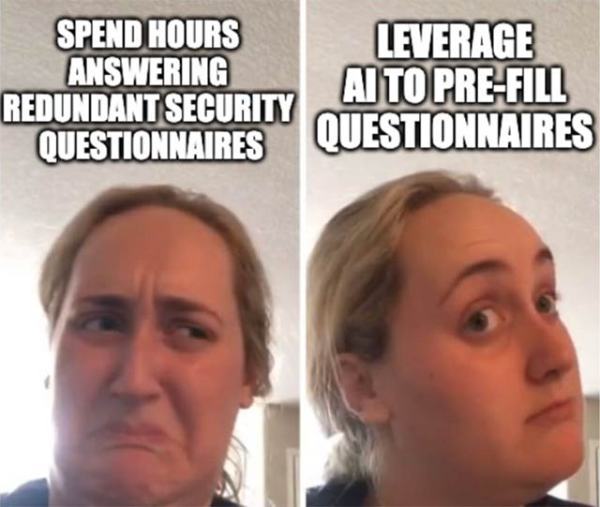
Key Components of Security Questionnaire Automation
Needless to say, when comparing the efficacy of manual security questionnaires and security questionnaire automation – we have a clear winner. However, not all automation tools and software are created equal, which is why it’s important to emphasize some of the key components of effective security questionnaire automation.
- Sync policies and documents
Security questionnaire automation ensures that all your security policies and documents are synced so you can best answer questions that align with your overall documented security posture. By syncing their policies and documentation, organizations can also ensure that all questionnaires reflect the most up-to-date information and align with their internal policies.
- AI-driven response generation
AI-driven responses are another key feature of all effective AI security questionnaires. By leveraging AI algorithms, the right tool should generate relevant responses to security questions on auto-pilot.
- Knowledge base management
Security questionnaire automation tools help organizations build and manage a knowledge base. This means compiling a fundamental set of frequent past questions and full questionnaires in order to build a library of up-to-date and consistent answers.
Great, so you’re sold on the idea of switching from manual, error-prone questionnaires to optimal efficacy. But how exactly? Let’s take a look!
Best Practices for Leveraging Security Questionnaire Automation
Before simply onboarding a tool to help you tick ‘security questionnaires’ off of your compliance to-do list, it’s important to understand that although automation tools are praised for their efficiency, there are still common best practices to implement in order to get the most out of it for your business. Here are a few to consider.
- Designate responsibility
Ultimately, the crux of security questionnaires is to show your dedication and commitment to information security, data privacy and compliance. And rightfully so, considering the rising threat landscape. Therefore, it’s important not to think of SQ automation as passing on the responsibility. Be sure to designate specific roles and communicate their responsibilities effectively to your team (and clients). Regarding SQ, assign a dedicated team or individual to handle the security questionnaires and facilitate or oversee the automation of the questionnaires to ensure continuity.
- Keep communication open
It’s important to note that automation or AI tools never negate the impact of collaboration and communication. Be sure to keep the conversation transparent and clear between your organization and the person who requested the security questionnaire. At the end of the day, this is the preface for building strong business relationships, which goes beyond mere proof points. Additionally, it’s also a great idea to ask prospects for their opinion regarding the SAQ. This could boost the relationships and shed some light on areas that could improve.
- Include tailored responses
Although security questionnaire automation significantly expedites the entire process, it’s important not to overlook the impact of crafting tailored responses too. When reviewing and evaluating the final completed questionnaire, be sure to include answers that resonate with your prospect, keeping them as clear and relevant as possible.
START AUTOMATING MY QUESTIONNAIRES!
Switch Your Security Questionnaires to the Fast Lane with Scytale
Like we said, information security is changing fast. One of these changes is the understanding that there’s no longer a need to spend hours and hours on tasks that could be automated to seconds and expertly reviewed. Fortunately, you’re already in the right place. At Scytale, we don’t just help you find the right answers; we also ask the right questions to help you create a security posture that’s built to last.
Change how you answer countless questionnaires that delay your sales cycles. Automate your security questionnaires with Scytale in a click! Curious about how we work? Here’s a quick rundown:
- Scytale imports your prospects questionnaire into the platform
- Thereafter, it cross-references the questionnaire to your current compliance framework, be it SOC 2, ISO 27001 or GDPR.
- Then, Scytale auto-populates responses by pulling the relevant information from your compliance documentation.
- Finally, it produces a completed questionnaire for you to review and tweak before sending it back to your prospect.
Sound easy? That’s because it is. Especially when you have the only all-in-one compliance hub in your corner.
Alternatively, you could be looking for some expert guidance to help equip your team and train them on how to leverage your security posture to land bigger clients and sign better deals. We’ve got you covered! Reach out to our dedicated compliance experts here.




